
Life is no Fairy Tale in Life is Strange - Preview
by VGChartz Staff , posted on 26 September 2014 / 6,117 ViewsBehind closed doors, just around the corner from EGX 2014, Square Enix invited me to play a few games without interference. It was here that they also showed off Dontnod Entertainment's ambitious new IP, Life is Strange.
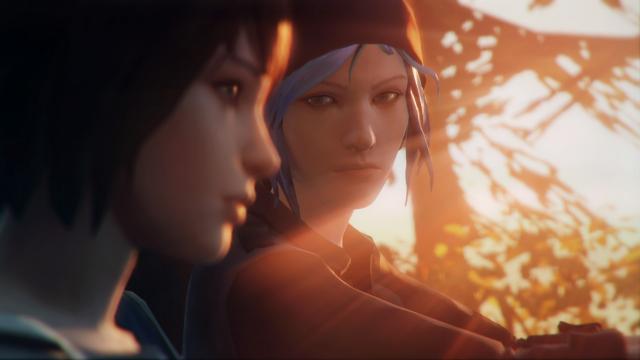
Life is Strange is an adventure game not too dissimilar to Telltale Games’ The Walking Dead, with the core focus being on story and character development rather than the gameplay itself. The core difference with Life is Strange (aside from the lack of zombie apocalypse) is the ability to reverse your decisions, enabling you to see the outcome of your choices before going back on them and exploring alternate narrative paths.
The game centres around a 17 year old girl called Max, who moves back to her home town after five years away. It’s here that she sees all of the things that have changed in her time away from the town - most notably, in the demo, her old best friend Chloe. The demo was based in Chloe’s house, but before the demo began the developers explained that they had had to adjust numerous variables because every choice made in the game makes everything from Chloe’s room to her attitude towards you change based on previous decisions and their consequences.
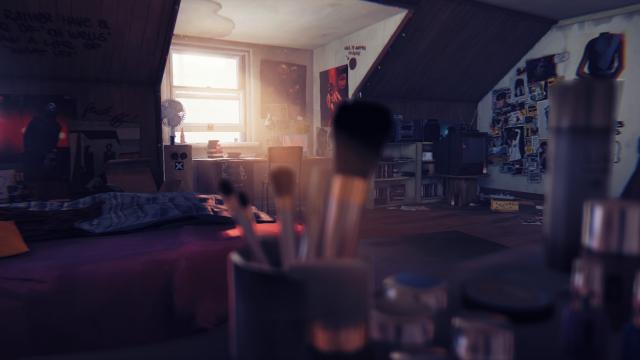
You’re able to explore Chloe’s room at your own pace, looking through her photos, seeing who she’s now friends with, and generally learning more about the character. It was here that the developers first showed off the ability to rewind decisions - after trying to grab a box off the top shelf of some drawers and accidentally breaking a snow globe, Chloe becomes annoyed; you can choose to continue with the story, with Chloe continuing to be annoyed at you, or you can rewind your decision to reach for the box, ensuring that Chloe remains happy.
It’s a cool mechanic, especially since you actually watch the scene rewinding, which is no small feat. This 'rewind' system allows each and every player to make sure they make their preferred decision, rather than being pushed into a quick and permanent one.
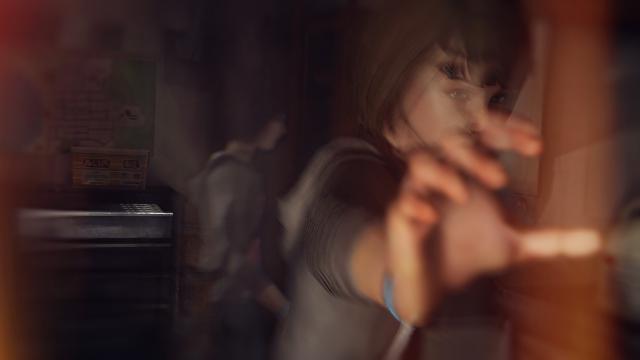
Once you've finished exploring the room and do what Chloe asks of you (to put music on), you’re able to explore more of the house. The developers tell me that you’ll be able to explore the whole game at your own pace, meaning that if you want you can just go straight to the next objective without learning more about the characters through their surroundings, if you’re that way inclined, or you can meticulously explore your surroundings; it's up to you.
In the next objective the player is told to get tools to fix the camera. Here the rewinding mechanic comes into play again, but this time in a puzzle context. The tools fall on the floor and become inaccessible. Rewinding time and putting something in place of where they’ll fall then allows Chloe to pick them up after the fall with no problems. So it's clear that the rewind function will have narrative purposes (in that you can see all variations of dialogue and the outcomes of various decisions) as well as gameplay ones.
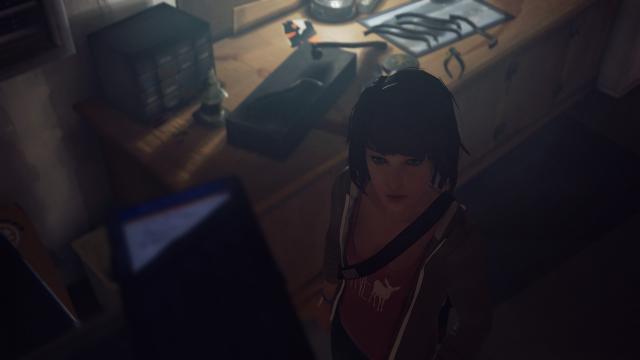
In the final scene of the demo, Chloe’s stepdad is heard outside the room shouting at her to open the door. You’re told to hide, at which point the developer purposely failed to hide so that we could see how the scene played out. After a heated argument Chloe is hit by her stepdad, causing her to become sad and aloof.
As Max, you can rewind this series of events and successfully hide, which changes the entire outcome of the interaction between Chloe and her stepdad. This time the outcome is immediately much better for Chloe. However, the developers stressed that, although this may look like a good result because Chloe is not assaulted, it could ultimately have negative repercussions, due to how Chloe will now act throughout the rest of the game.
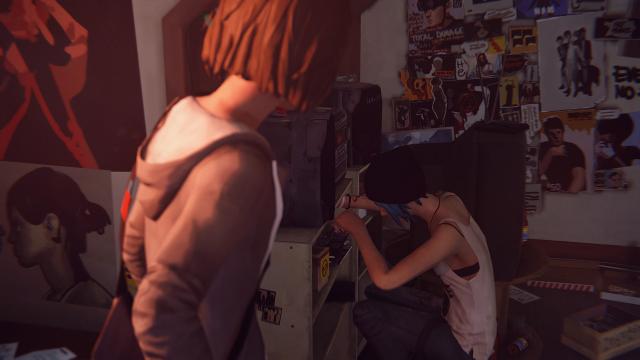
The story and subject matters tackled in Life is Strange seem to be extremely deep, something the developers emphasised when they talked about being an AAA indie developer, so although they have the funding to hire 40 staff they also feel able to tackle subject matters that usually only indies decide to explore.
The graphics and art style are absolutely gorgeous, with scenery looking both realistic and artistic at the same time. Indoor areas are extremely detailed, with every poster, cupboard, floor board and object in each scene lovingly created to convey the feeling of a real house. Outdoor areas are a bit more abstract but still have the same loving attention to detail. We were told that the reason behind the game's unique look and feel is the fact that every texture used in the game is hand painted; a truly tall feet for any game developer.
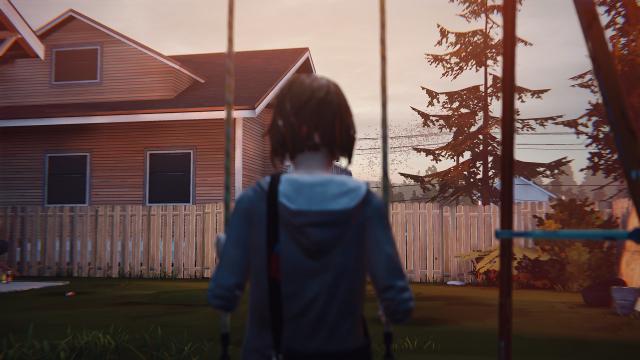
The demo ended with a Q&A, during which I asked how long the game would last. It’s going to be episodic, and priced accordingly, with each episode lasting about an hour and a half to two hours on average, although some players will spend a lot more time with the game depending on how thoroughly they decide to explore the surroundings. There will be five episodes in total, each telling the story of Max and life back in her home town, and you'll be able to purchase the complete game as a season pass or each episode individually.
Life is Strange is being developed by Dontnod Entertainment (Remember Me) and will be published by Square Enix. The first episode will be released on PS3, PS4, Xbox 360, Xbox One and PC, Spring 2015.






















 Essay Pro
Essay Pro